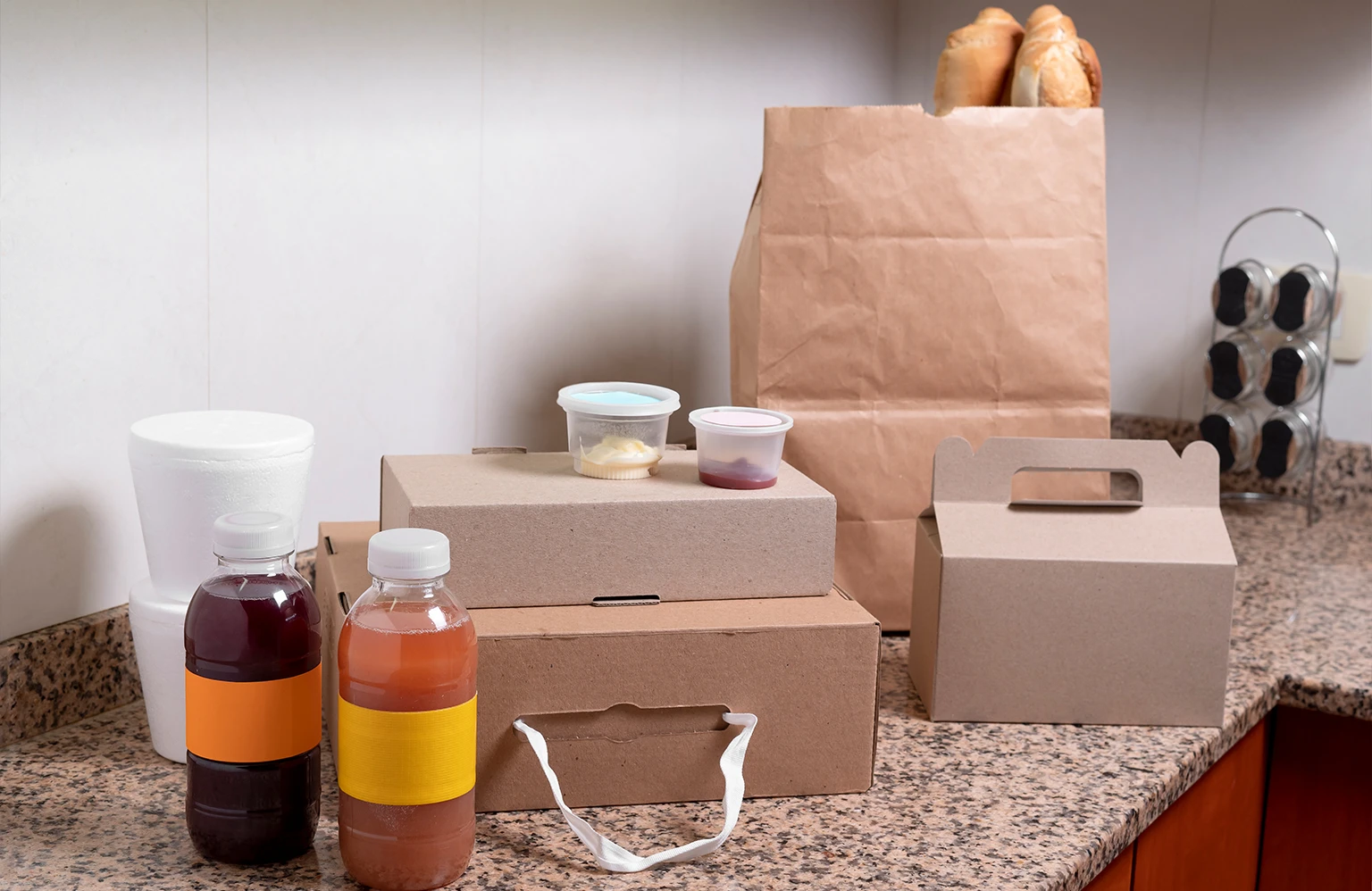Digital Marketing Services Coimbatore
- Services
-
- Industries
-
-
-
Retail & FMCG
The graphic and digital marketing
solution focuses on the success of your brand
-
-
-
-
-
Exporters
Find your buyer from domestic & International market with our digital marketing
-
-
-
- Case Study
- About Us
-
-
-
About Meriton
When it comes to graphic, website and digital marketing services. we have earned a place for ourselves, through the quality of our service.
-
-
-
Blog
Subscribe to Meriton’s blog and get access to advanced marketing strategies, tips that will support you attract more prospects and grow.
-
-
-
Careers
Work with the most skilled and experienced team of professionals in the print and electronic media industry.
-
-
-
- Contact Us
The Art of Food Packaging Design: A Guide for Food Producers

Introduction:
In the competitive world of the food industry, packaging design plays a crucial role in attracting
customers and ensuring brand loyalty. The art of food packaging goes beyond aesthetics; it
encompasses functionality, brand identity, and consumer appeal. In this guide, we will explore
the key elements of effective food packaging design, offering valuable insights for food
producers aiming to create packaging that not only protects their products but also captivates
consumers.
Understanding Your Audience:
Before diving into the design process, it’s essential to understand your target audience.
Consider demographics, preferences, and purchasing behavior. A packaging design tailored to
your audience is more likely to resonate and establish a connection, leading to increased sales.
Focus on Functionality:
Functional packaging is user-friendly, protects the product, and ensures freshness. Consider
factors like ease of opening, resealability, and portion control. Practicality enhances the user
experience and fosters positive associations with your brand.
Brand Consistency:
Your packaging should reflect your brand identity cohesively. Consistent use of colors, fonts,
and logos across all marketing materials and packaging reinforces brand recognition. A
cohesive brand image instills trust and credibility among consumers.
Sustainable Design:
Incorporate eco-friendly materials and sustainable practices into your packaging design.
Consumers are increasingly eco-conscious, and environmentally responsible packaging not
only appeals to this demographic but also showcases your commitment to social and
environmental responsibility.
Stand Out on the Shelf:
Consider the visual impact of your packaging amidst competitors. Vibrant colors, unique shapes,
and innovative designs can make your product stand out on crowded shelves. However,
balance is key – your packaging should be eye-catching without compromising readability and
clarity of information.
Compliance and Information:
Ensure your packaging complies with regulatory standards and includes all necessary
information such as nutritional facts, expiration dates, and allergen warnings. Clear and
accurate information builds trust and credibility.
Conclusion:
In the realm of food packaging design, the intersection of creativity and functionality is where
success lies. Understanding your audience, prioritizing functionality, maintaining brand
consistency, storytelling, adopting sustainable practices, creating visually appealing designs,
and providing accurate information are all essential components of effective food packaging.
By investing in thoughtful packaging design, food producers can not only enhance the visibility and desirability of their products but also establish a strong brand presence in the market. In a world where consumers make split-second purchasing decisions, the art of food packaging design is a powerful tool that can make a significant difference, ensuring that your product not only sells but also leaves a lasting impression in the minds and hearts of your customers.
By investing in thoughtful packaging design, food producers can not only enhance the visibility and desirability of their products but also establish a strong brand presence in the market. In a world where consumers make split-second purchasing decisions, the art of food packaging design is a powerful tool that can make a significant difference, ensuring that your product not only sells but also leaves a lasting impression in the minds and hearts of your customers.
Spread the love
Marketing Insights to Help You Grow
Subscribe to Meriton’s blog and get access to advanced marketing strategies, tips that will support you attract
more prospects and grow.
